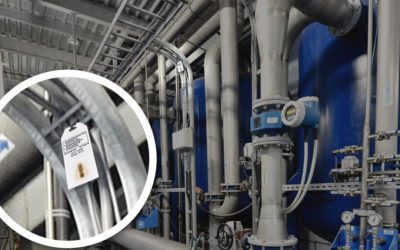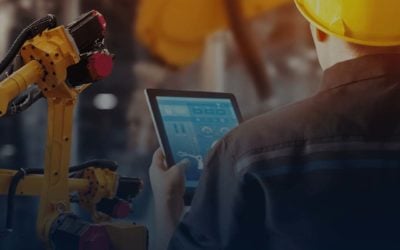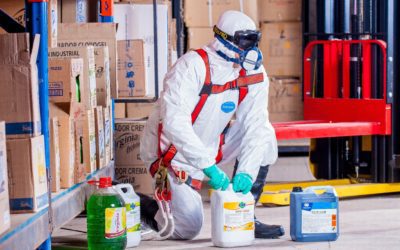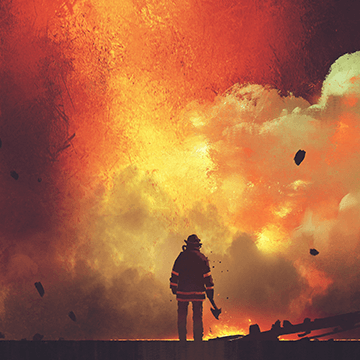Aerospace
– CHEMICAL & EXPLOSIVE DETECTION DEVICES
Propelling safety forward
Aeronautics professionals know that training, safety, and preventative maintenance are essential to circumvent hazards. Industrial hygiene (IH) and environmental health and safety (EHS) personnel manage the risk of toxic chemicals in the aerospace industry through chemical safety plans that include chemical detection. SafeAir and ChromAir chemical detection badges can alert the user to and measure the exposure dose of toxic chemicals used in the aerospace industry. They help ensure employee safety by providing affordable, easy-to-use, field-proven chemical detection.
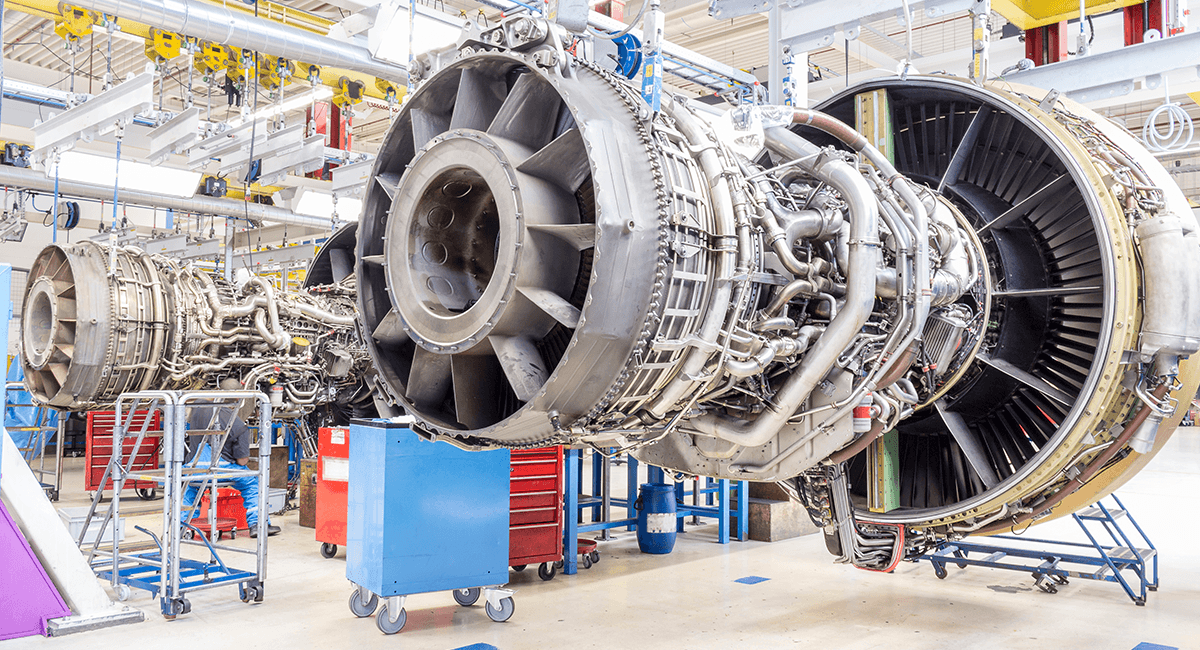
– DESIGNED FOR AEROSPACE
CHEMICALS DETECTED

AMMONIA
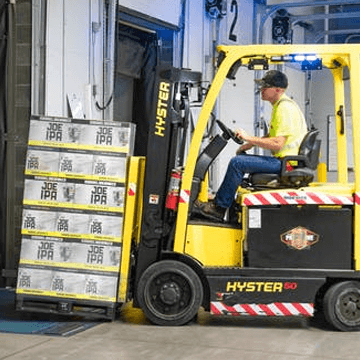
CARBON MONOXIDE
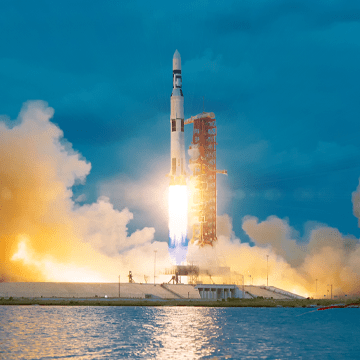
HYDRAZINE
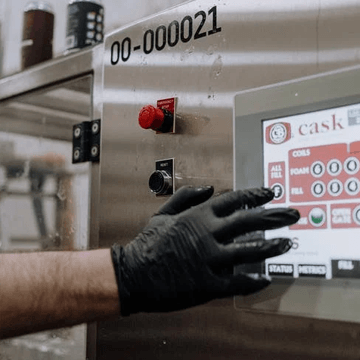
OZONE
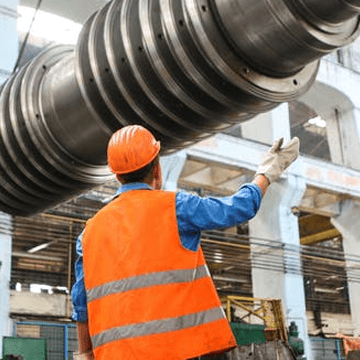
PHOSGENE
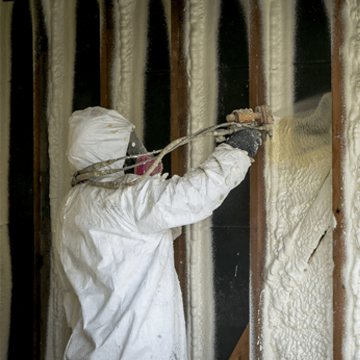
TDI/MDI
– AEROSPACE-
NEWS & UPDATES
The Big Deal – Chemical Detection
What is Chemical detection and why do we need it? Believe it or not, the need for chemical detection is not just prevalent in chemical labs and big science corporations. In fact, the need spreads out over almost every industry in one way or another. From sanitizing...
If I have an area monitor, do I need to do personal monitoring?
Great question! First, let’s quickly talk about what is the difference between an area monitor and a personal monitor. An area monitor, like the name describes, is an instrument placed in a specific area to monitor the chemical concentration in that...
Exposure dose for dummies
To answer the question of how fast SafeAir badges will react, we will need to know the concentration of the chemical present in the environment as well as the overall time of the exposure. For example, the SafeAir TDI/MDI badge has an initial indication dose sensitivity of 5 ppb●hr, meaning at a concentration of 5 ppb of TDI, this badge will indicate exposure after being in the environment for one hour.
– HOW WE DO IT –
SOLUTIONS
Rocket Fuel
Hydrazine is often used as fuel for terminal descent or other maneuvering of spacecraft. The loading, unloading, and transferring processes run the highest chance for exposure to this toxic fuel. SafeAir hydrazine badges help ensure employees are safe from hydrazine exposure when working with this toxic fuel.
Exhaust
Carbon Monoxide (CO), known as the silent killer, is present in the exhaust from internal combustion engines, such as piston-driven aircraft, ground servicing equipment, aircraft turbine engines, and Auxiliary Power Units (APU). SafeAir and ChromAir badges help to keep employees safe from carbon monoxide exposure.
Maintenance
Aviation maintenance technicians can be exposed to many toxic chemicals such as ammonia and carbon monoxide. SafeAir and ChromAir chemical detection badges help ensure employees are safe when working around toxic chemicals such as ammonia and carbon monoxide.
Aerospace Manufacturing
Aviation manufacturing workers can be exposed to a wide range of toxic chemicals from operations such as welding, painting, foam forming or plastic/resin processing. SafeAir and ChromAir chemical detection badges help ensure employees are safe when working around toxic chemicals.
– EXPERIENCE YOU CAN TRUST
MORE INDUSTRIES SERVED
– GET IN TOUCH –
